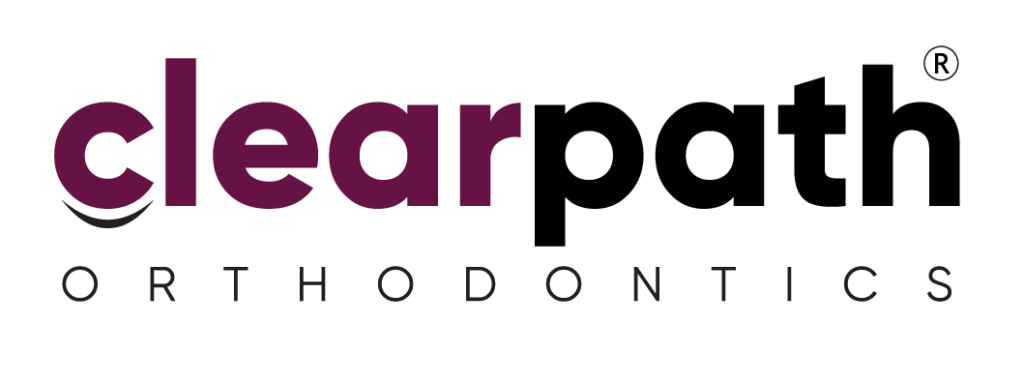Behind Every Star’s Smile
A Clear Aligner Journey
What Kind of Toothpaste is Best for Clear Aligners?
Read More: How to Manage Clear Aligners While Fasting
When it comes to selecting a toothpaste compatible with clear aligners, not all products are created equal. Some are too abrasive, while others lack the ingredients necessary to keep your enamel strong. The ideal toothpaste balances gentle cleaning with protective ingredients to ensure both your teeth and your aligners stay in top shape.
Key Considerations for Choosing Toothpaste with Clear Aligners
Here are a few features to keep in mind:
1. Fluoride Content
Fluoride helps prevent cavities and strengthens enamel. Look for a toothpaste that contains fluoride but isn’t overly concentrated.
2. Low Abrasiveness
Avoid toothpaste with gritty textures or whitening agents that could scratch or dull your aligners.
3. Gentle Formulas
Toothpaste for sensitive teeth is often gentler and better suited for aligner users.
4. Neutral Flavoring
Too much minty
may affect how your aligners taste. Neutral or mild flavours can make wearing aligners more comfortable.
Types of Toothpaste to Consider for Clear Aligners
Here’s a breakdown of toothpaste types you might consider:
Fluoride Toothpaste
Most orthodontists recommend this as a baseline. It helps reduce decay and protect enamel. Choose a brand that is low in abrasives to prevent wear on your aligners.
Sensitivity Toothpaste
If your teeth feel tender during treatment, a sensitivity toothpaste can provide relief. These are gentle on both your enamel and your aligners.
Gel-Based Toothpaste
Gel formulas typically contain fewer abrasive particles and offer a smooth clean. They are great for aligner users who want effective cleaning without risking scratches.
Aligner Cleaning Pastes
Some brands now offer toothpaste specifically designed to work alongside clear aligners. These can clean your trays and teeth at once without causing damage.
Additional Tips for Optimal Clear Aligner Hygiene
A great toothpaste is only part of the equation. Here’s what else you should do:
1. Brush After Every Meal
Food debris can get trapped under your aligners and cause plaque buildup. Brushing helps reduce this risk.
2. Floss Daily
Flossing removes debris from between teeth that your toothbrush may miss.
3. Rinse Aligners Regularly
Use lukewarm water to rinse your trays after each removal. This prevents cloudiness and bacterial growth.
4. Soak Your Aligners
Use orthodontist-approved soaking solutions once a day or a few times a week to give your trays a deeper clean.
Addressing Common Concerns About Toothpaste and Clear Aligners
Can I Use Whitening Toothpaste with Clear Aligners?
Whitening toothpaste tends to be more abrasive. Use with caution and never on your aligners directly. It can scratch or dull the plastic.
Why Do My Aligners Taste Weird After Brushing?
This often happens due to leftover toothpaste in your mouth or on the aligners. Rinse thoroughly and consider switching to a milder toothpaste.
Is Natural Toothpaste a Good Choice?
It can be, but not always. Some natural toothpaste lacks fluoride, which is vital for preventing decay during aligner treatment. Check with your orthodontist before using.
Where Can I Buy Aligner-Compatible Toothpaste?
Most pharmacies and online stores offer toothpaste suitable for aligners. Your orthodontist can also recommend specialized products based on your treatment plan.
Read More: Clear Aligner Travel Hacks for People on the Go
Your Path to a Confident Smile
Choosing the best toothpaste for clear aligners is more than a hygiene decision; it’s a commitment to your treatment success. By selecting a fluoride-based, gentle, non-abrasive toothpaste, you protect your investment in a straighter, healthier smile.
To ensure your aligner journey stays on track:
- Use the right products
- Brush and floss regularly
- Clean your trays with care
Ready to Straighten Your Smile?
At ClearPath Orthodontics, we provide FDA-certified invisible braces trusted by patients in Pakistan and globally. Our aligners are designed for maximum comfort and performance.
Fill out our contact form to book a consultation and let our certified team guide you toward the smile you’ve always dreamed of.
